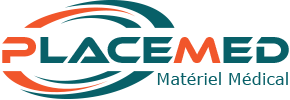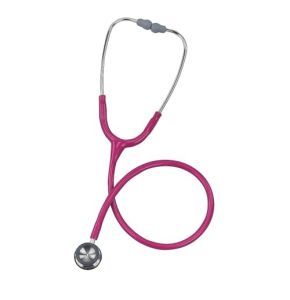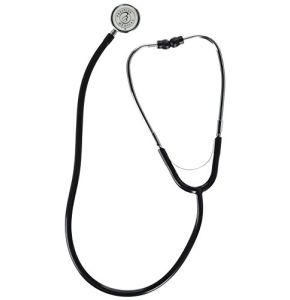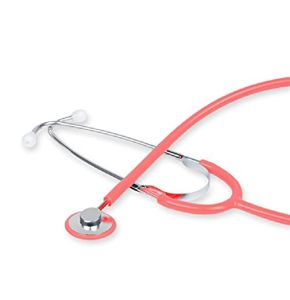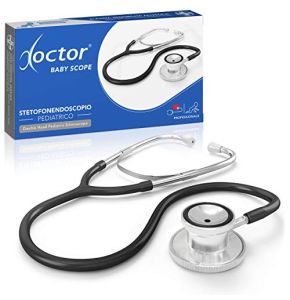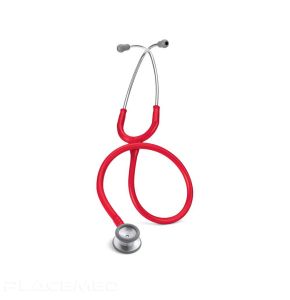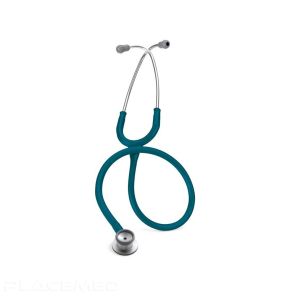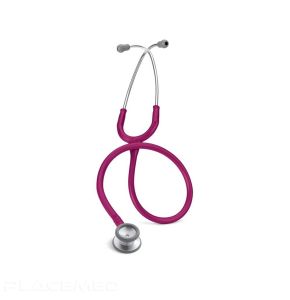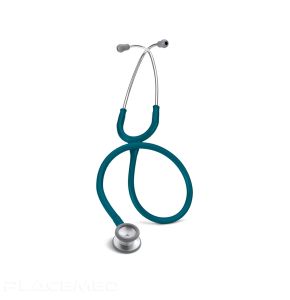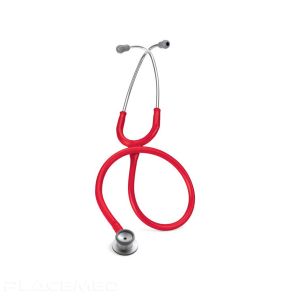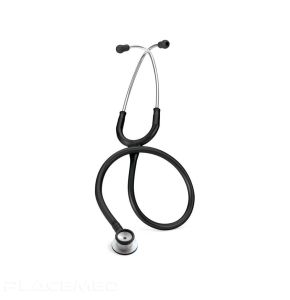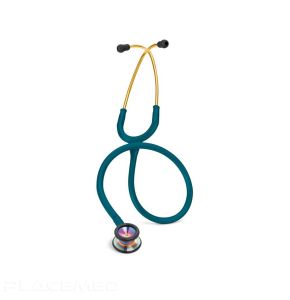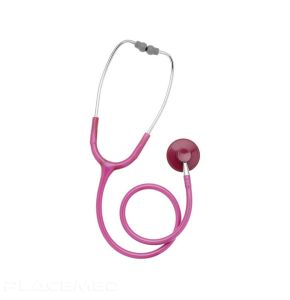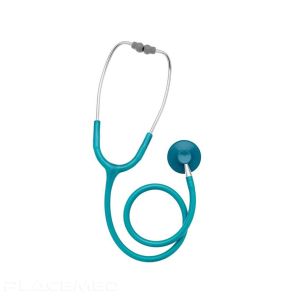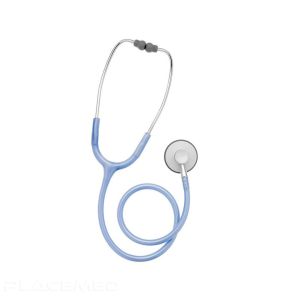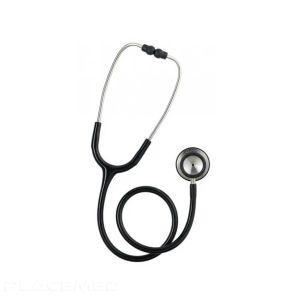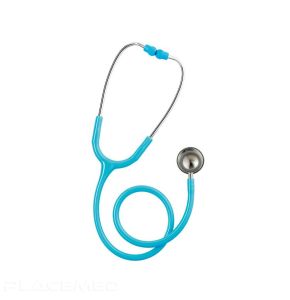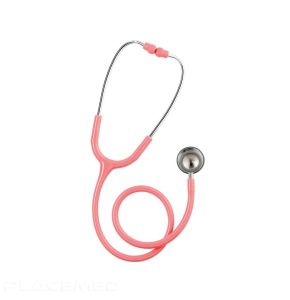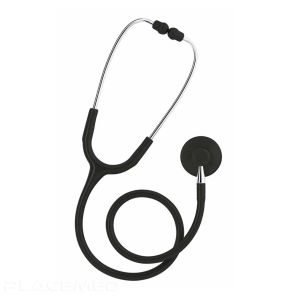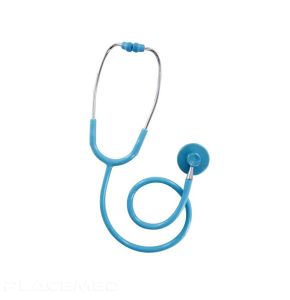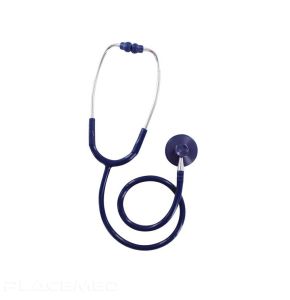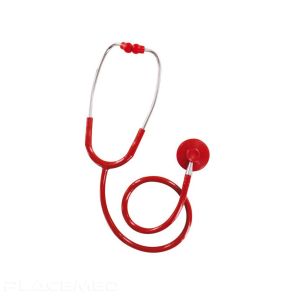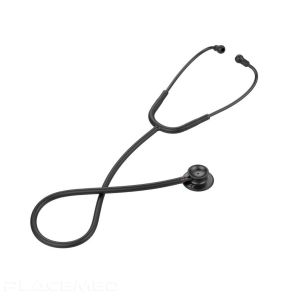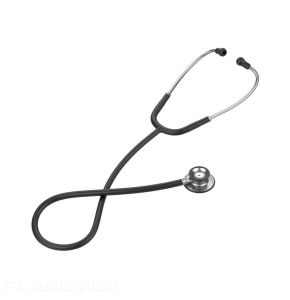Pediatric stethoscope
B000F4UP1A
B004QSWCX0
GG72681
GG72680
GG11904
GG53924
GG29737
Pediatric Stethoscope: Gentle Care for Children
The pediatric stethoscope is an essential tool for healthcare professionals who care for children. Designed to suit their small size, it allows for precise auscultation while reassuring young patients. But why is it so important to use a pediatric stethoscope instead of a standard model? In this article, we explore the specific features of these stethoscopes and how they help doctors and nurses build better relationships with children.
Why a Pediatric Stethoscope is Essential
Children are not just small adults. Their bodies are different, and so are their medical needs. A pediatric stethoscope is designed to fit the small size of young patients. The dual diaphragm and dual-head chest piece provide optimal acoustic sensitivity to detect heart and lung sounds in children. Additionally, next-generation tubing ensures clear sound transmission, even at low frequencies. As a result, the pediatric stethoscope offers better precision during examinations.
Features of a Pediatric Stethoscope
Pediatric stethoscopes stand out with colorful designs and playful patterns. These visual elements capture children's attention and help them feel at ease. For example, the Littmann pediatric stethoscope comes in a variety of vibrant colors. The ear tips are designed for the professional's comfort, while the small-sized chest piece fits perfectly on a child's chest. Littmann stethoscopes are renowned for their quality and acoustic sensitivity, making them a popular choice among pediatricians.
Auscultation Techniques for Children
Auscultating a child can be challenging, especially if they are restless or anxious. It's important to use adapted techniques for effective listening. Speaking gently to the child and explaining what you're doing can help reassure them. Using a stethoscope with a fun design can also capture their interest. Pediatric stethoscopes like the Littmann Classic II Pediatric are specially designed for children and make examinations easier. Their high acoustic sensitivity helps detect sounds even if the child moves.
Top Pediatric Stethoscope Models
Several pediatric stethoscope models are recommended for healthcare professionals. The 3M Littmann stethoscope is often considered a benchmark for quality and durability. The Classic II Pediatric offers excellent acoustic sensitivity and durable next-generation tubing. The dual-frequency diaphragm allows for listening to both high and low-frequency sounds, which is crucial for precise diagnosis. These stethoscopes meet the needs of pediatricians and nurses alike.
Building a Connection with the Patient
A pediatric stethoscope can be more than just a medical tool. It can serve as a communication tool to build a connection with the child. Choosing a stethoscope with bright colors or fun patterns can attract the young patient's attention and reduce their anxiety. Explaining how the stethoscope works and letting the child listen to their own heartbeat can make the experience more interactive and enjoyable.
Education and Awareness
Preparing children for medical examinations is important for their comfort. Healthcare professionals can use games or stories to explain what will happen. This helps the child understand the importance of the examination and feel secure. Using an appropriate pediatric stethoscope is part of this compassionate approach.
Innovations in Pediatrics
Pediatric stethoscopes are evolving with new technologies. Lighter materials and ergonomic designs improve comfort for both professionals and patients. Some innovations include contactless stethoscopes or models equipped with digital sensors for more precise analysis. These advancements help improve the care provided to children.
In conclusion, the pediatric stethoscope is an essential tool for healthcare professionals working with children. It offers specific features that facilitate auscultation and help build trust with young patients. By choosing the right model, like the Littmann pediatric stethoscope, and using adapted techniques, doctors and nurses can provide quality care to children.
 Francais
Francais 